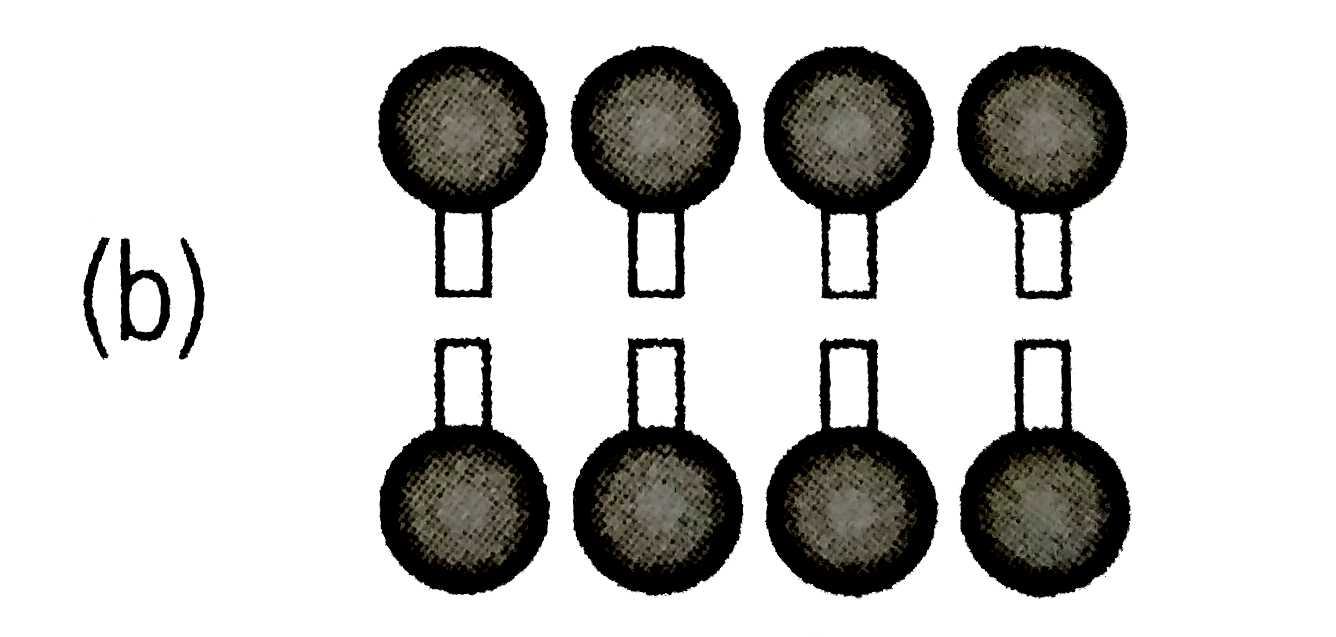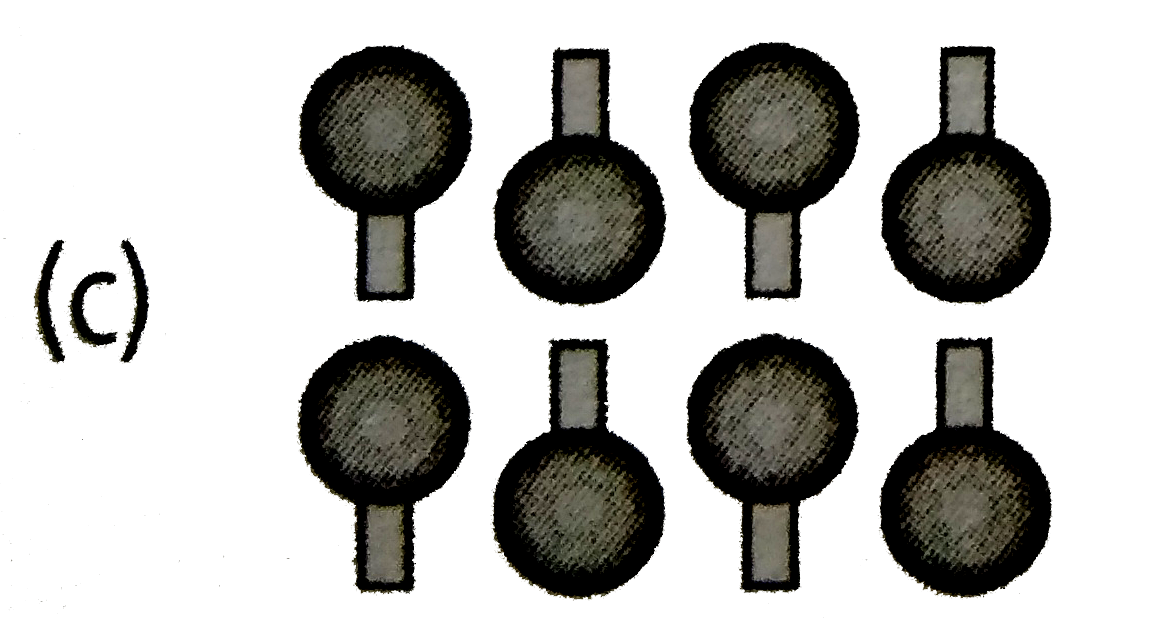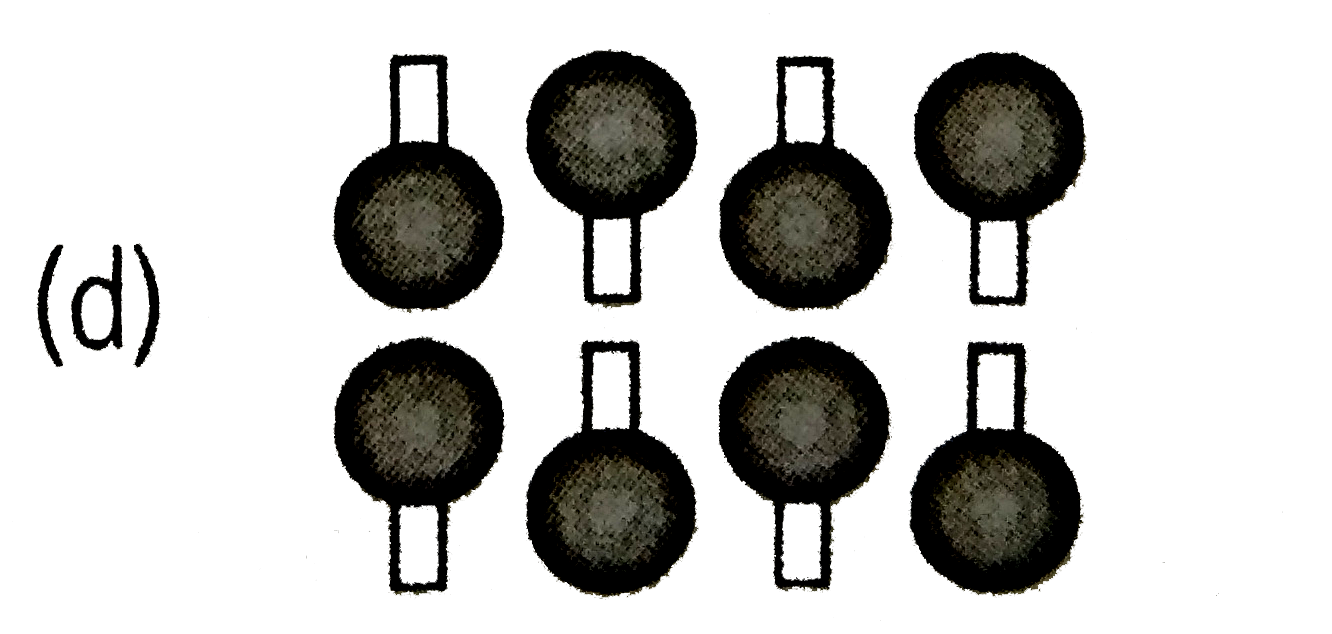What is the arrangement in central lipid layer?
Step-by-Step Solution:
1. Understanding Biomembranes: Biomembranes are primarily composed of three components: lipids (specifically phospholipids), proteins, and carbohydrates.
2. Lipid Bilayer Formation: The central lipid layer is formed by phospholipids arranged in a bilayer structure. This means there are two layers of phospholipids.
3. Amphipathic Nature of Phospholipids: Phospholipids have an amphipathic nature, meaning they have both hydrophilic (water-loving) and hydrophobic (water-repelling) parts. The hydrophilic part consists of polar heads, while the hydrophobic part consists of non-polar tails.
4. Orientation of Phospholipids: In the bilayer, the hydrophilic (polar) heads of the phospholipids face outward towards the aqueous environment, while the hydrophobic (non-polar) tails face inward, away from water, forming the central part of the membrane.
5. Role of Fatty Acid Tails: The fatty acid tails are crucial as they form the core of the bilayer. These tails are held together by hydrophobic interactions and van der Waals forces, which help maintain the structure of the membrane.
6. Arrangement Summary: In summary, the arrangement in the central lipid layer consists of hydrophobic tails oriented towards the center of the bilayer, while the hydrophilic heads are oriented towards the outer environment and the proteins associated with the membrane.
Topper's Solved these Questions
- CELL - THE UNIT OF LIFEBOOK - ICSECHAPTER - CELL - THE UNIT OF LIFEEXERCISE - REVIEW QUESTIONS (SHORT ANSWER TYPE QUESTIONS)
22 Videos
- CELL - THE UNIT OF LIFEBOOK - ICSECHAPTER - CELL - THE UNIT OF LIFEEXERCISE - REVIEW QUESTIONS (LONG ANSWER TYPE QUESTIONS)
14 Videos
- CELL - THE UNIT OF LIFEBOOK - ICSECHAPTER - CELL - THE UNIT OF LIFEEXERCISE - REVIEW QUESTIONS (GIVE ONE WORD FOR THE FOLLOWING)
5 Videos
- BREATHING AND EXCHANGE OF GASESBOOK - ICSECHAPTER - BREATHING AND EXCHANGE OF GASESEXERCISE - REVIEW QUESTIONS (LONG ANSWER TYPE QUESTIONS)
8 Videos
- CELL : THE UNIT OF LIFE BOOK - ICSECHAPTER - CELL : THE UNIT OF LIFE EXERCISE - Differentiate Between
18 Videos
Similar Questions
Knowledge Check
The lipid molecules present in plasma membrane have polar heads and non-polar tails (as shown in figure). Which option represents the correct arrangement of lipids in lipid bilayer ?
 A
A B
B C
C D
D
The special arrangement of the lipids in the cell membrane ensures that the
View SolutionWhat is the major site for lipid synthesis in a cell is
View SolutionWhat is the proportion of lipids in chloroplast
View SolutionThe alimentary canal of a deceased individual was cut transversely for examination of the arrangement of layers from outside to inside. Select the correct sequence of arrangement for the layers examined.
View SolutionWhat is the nearest distance between two different layers in ABAB arrangement (a=2× radius of the particle)
View SolutionThe spatial arrangement of the ligands attached to the central metal atom is called
View SolutionWhat is the importance of slime layer in a bacterial cell?
View Solution
